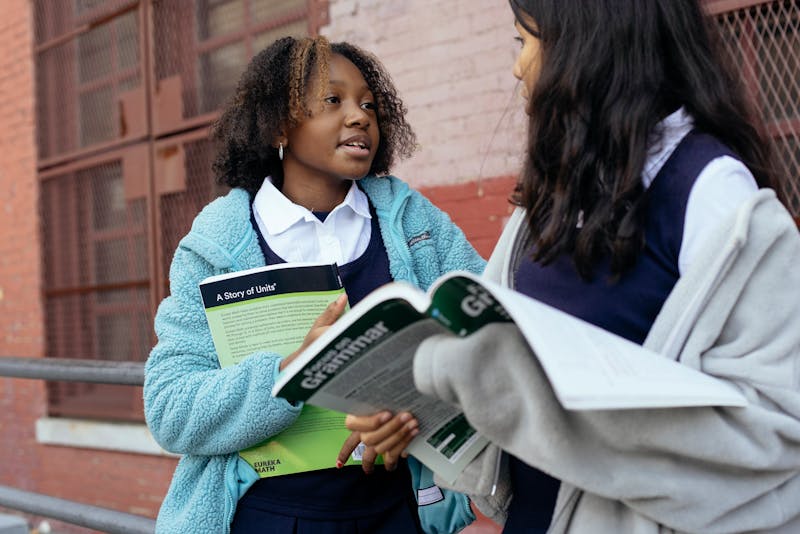“I fear I am integrating my people into a burning house.” Dr. Martin Luther King, Jr.
When, in 1954, the Supreme Court required that Black children join whites in class-rooms nationally seemed a victory. White schools had superior facilities and resources that Blacks had been denied. White teachers were paid more than better educated Black educators. Integration promised to right multiple wrongs. Thirty years later when HISD was fully integrated most of the experienced Black teachers, principals, and administrators had been fired, demoted, or were required to resign. “Tracking” altered Black students’ trajectories into apprenticeships and trade schools, and whites into universities. Th e suspension and drop out frequencies of Black students burgeoned, especially when they were subject to busing. In schools with Black faculty our children are more likely to be evaluated and placed in advanced programs, less liable to be inappropriately placed in special education, more apt to graduate and proceed to college.
In the mid-eighties HISD’s test scores indicated a cor-relation between academic collapse and depressed test scores with Black poverty (measured by the percentage of students receiving subsidized meals at school).
Overlooked was that the scholastic success of all students varied by the wealth and social prestige of each neighborhood’s school. So much for equal opportunity! It was also in this decade that a cheap, smokable way for people to get high quickly suspiciously infused our city and schools. Congress hurriedly created laws that disproportionately penalized crack cocaine, assumed to be used mostly by Black people, over powdered, reputedly favored by other races. Crack cocaine is so spectacularly destructive that it has terminated all our social and economic progress made since World War II; indeed it reversed all our gains more than any other event since Jim Crow.
This provoked further divergence between Black and white educational success by quadrupling the rate of homicides among urban youth and tripling the number of young Blacks imprisoned. When a family member or a student loses their home, the crisis reduces the opportunity to pursue studies. High school can feel much less urgent under such circumstances than earning immediate cash aft er the consequences of hopelessness to those who see themselves as newly vulnerable to being incarcerated or dead soon anyway.
HISD does not uplift homeless students, they punish them. During the 2022 – 2023 school year 7,232 students were identified as unhoused with Black children making up about 40% of that total. Th at year 2,000 out-of-school suspensions were assigned to unsheltered children even though such suspensions are prohibited for homeless students for discretionary discipline reasons.
For decades, schools have been re-segregating. Th is country is more diverse than it ever has been, with students exposed to classmates from divergent backgrounds. Even so, around half of Black students attend schools where almost every one of their classmates is another student of color. And the majority of these schools proliferate in the lowest income areas and are the most poorly funded. But maybe that was the powerful white power brokers’ goal all along.









